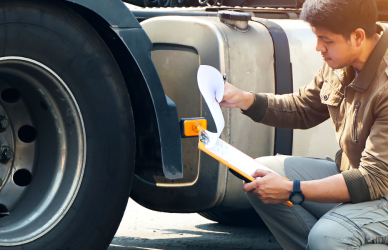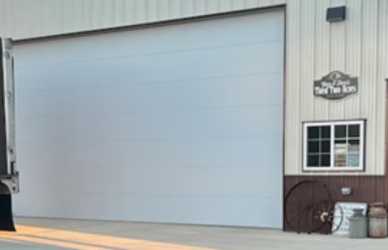Move-over regulations undergo constant evolution, and the momentum behind these changes shows no signs of slowing down.
Initially designed to protect emergency personnel, move-over laws have expanded over the years to include additional categories of vehicles like road service, utility, and tow trucks. Advocacy groups, including the Owner-Operator Independent Drivers Association, have persistently pushed for the inclusion of large trucks and other common-sense extensions to these rules.
In recent years, numerous state legislatures have embraced the call for broader protections, with at least 20 states now encompassing all highway users under their move-over laws. States like Maryland, Arizona, Connecticut, Illinois, Iowa, Oklahoma, Oregon, and Pennsylvania have led the way in adopting comprehensive measures.
The movement continues to gain traction, with several states considering updates to their move-over laws during the current legislative sessions.
Georgia is actively deliberating on HB959, a bill aiming to extend move-over protections to any vehicle with individuals present outside of it. The legislation, which received unanimous support from the House Motor Vehicles Committee, would cover any vehicle displaying flashing hazard lights on roadways with a minimum of two lanes traveling in the same direction.
Similarly, both the Kansas House and Senate are reviewing identical legislation, HB2503/SB142, seeking to broaden move-over rules. This legislation proposes expanding protections to any stationary vehicle displaying hazard warning lights, road flares, or caution signals, with an added $75 fine for unlawfully passing a stationary vehicle.
In Kentucky, the statehouse is considering extending move-over requirements with HB19, which advocates for including any “disabled vehicle” displaying a warning signal under the move-over law. This bill, endorsed by AAA Bluegrass, aims to protect all road users stranded along the roadside and is currently awaiting further consideration in the House chamber.
Meanwhile, Ohio is exploring SB178, a proposed expansion of the move-over law to include any stationary vehicle in “distress.” This bill outlines specific distress indicators such as lit fuses, flares, red lights, reflectors, flags, emergency signs, or flashing lights. Failure to comply could result in misdemeanor charges, with potential additional fines for distracted driving violations.
As the push for more inclusive move-over laws gains momentum across various states, these updates aim to enhance safety for all highway users and ensure that everyone, regardless of the reason for being parked along the roadside, is adequately protected. Stay informed about these evolving regulations to promote a safer driving environment for all.
Source: Land Line











